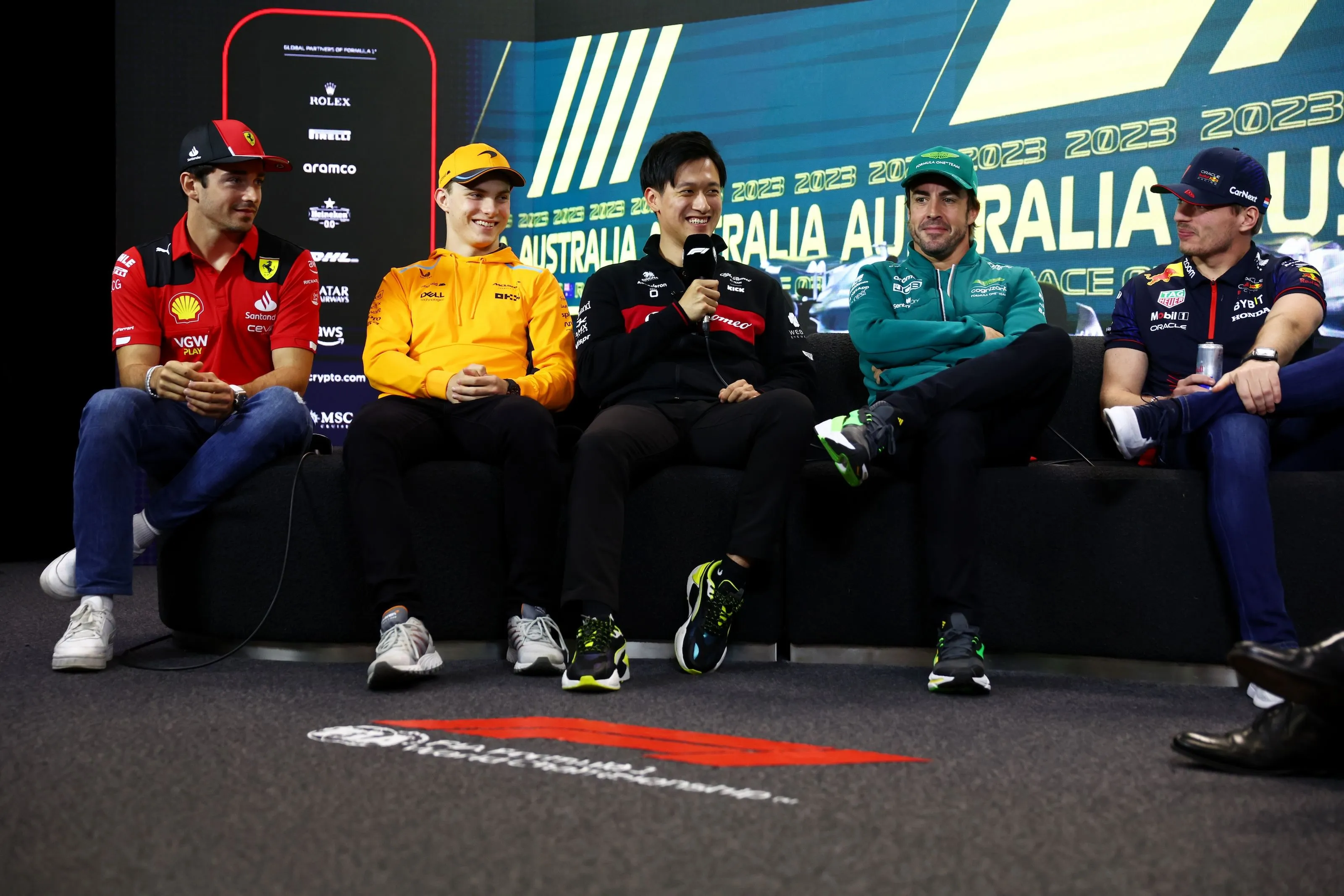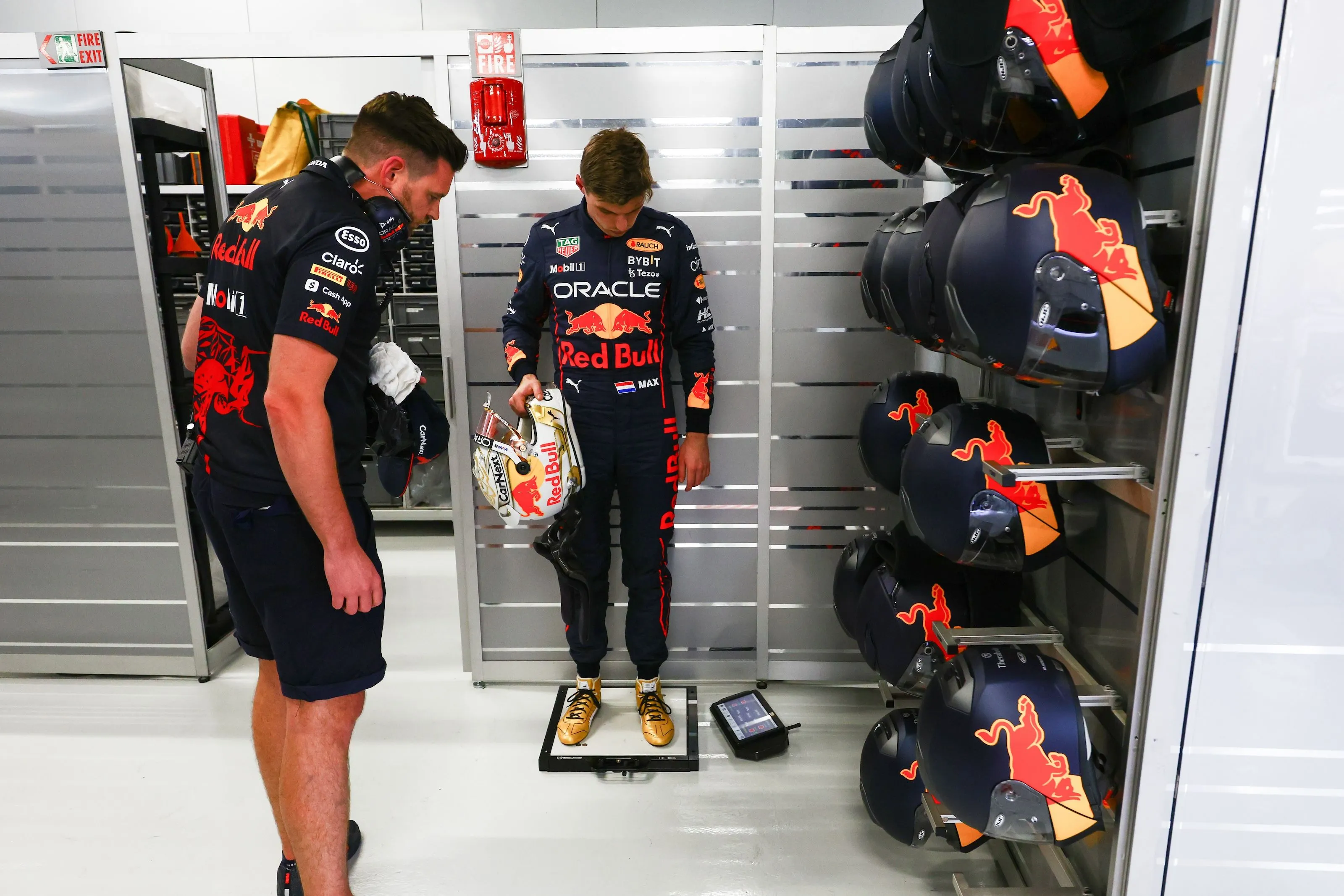New F1 Regulations For 2026: No DRS, Manual Override Mode, Active Aero And More
F1Thursday, 06 June 2024 at 21:30

FIA (F1's regulatory body) just released the official details of the new regulations that Formula One will enter in 2026.
Regulation changes occur in F1 every now and then. Typical catalysts are the drive for innovation, improvements in safety, or an increase in the racing spectacle for fans.
The latest significant change occurred in 2022, resulting in a significant reshuffle of the pecking order, and the same is expected for 2026.
New regulations are a real test of each team's capabilities. We might see a couple of different car concepts; some will be faster and some slower, but they must all adhere to the same rules. Here are the most important changes you need to know about:
New power units, electric energy, and sustainable fuels:
The regulations for the 2025 power units were already outlined in 2022, but here is a short summary in case you haven't heard about them yet.
Read also
While power units used in all F1 cars before 2026 derive a large portion of their power from the internal combustion engine (ICE), this won't be the case anymore.
In 2026, the power output of ICE will decrease from 550-560kw to 400kw, and the output of battery elements (electric power) will increase from 120kw to a whooping 350kw, which FIA emphasized is an "almost 300% increase."
The energy balance between the internal combustion engine and the electric motor should be 50/50, and it is worth noting that ICE will run 100% on sustainable fuels.

Size of 2026 F1 cars:
2026 F1 cars should become lighter and smaller, improving raceability, efficiency, and handling. How much later? The FIA states that the 2026 Formula CAR will be 30kg (66,13 pounds) lighter.
These "nimble cars" (as FIA called them) will be 10 centimeters (3,93 inches) narrower and 20 centimeters (7.87 inches) shorter.
18-inch tires introduced in 2022 will also be on 2026 cars, although the width of the front pair will be decreased by 2.5 cm (0,98 inch) and the back pair by 3 cm (1.18 inch).
Read also
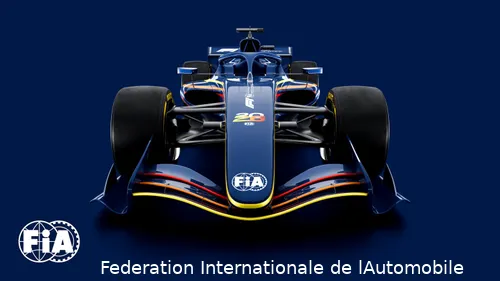
No DRS
Crucially, DRS will no longer be a thing in 2026. Moment of silence for the DRS. However, it won't be gone entirely. First of all, if you fear there won't be overtaking, it will be substituted by "Manual Override Mode" (look below for explanation).
Second of all, the rear wing will still be opening ...on every straight ...and the front wing will do the same. But let's not get ahead of ourselves; there is a lot to explain here.
Manual Override Mode
Manual override mode (MOM) will be the new substitution for DRS. It will work in a very similar way, which means drivers will be able to use it on straights when at a certain distance from the car in front.
However, it has nothing to do with the rear wing. MOM will also be similar to ERS—a push-to-overtake button where drivers get more energy from their battery, resulting in higher speed and a better chance of overtaking.

Active Aero, Z-mode and X-mode
The 2026 power unit, which will derive 50% of its power from batteries, would not have enough juice to power current-generation F1 cars down some of the longer straights.
Consequently, the 2026 cars need to become lighter (which they will), and their aerodynamics need to be much more efficient. As a solution, FIA proposed active aero.
Active aerodynamics refers to systems that dynamically adjust aerodynamic features. Current-generation F1 cars have a sort of active aero—the DRS, which is the rear wing that can open under specific conditions.
From 2026 onwards, F1 cars will open their front and rear wings on all straights for improved efficiency, higher speed, and consequently higher energy regeneration under breaking at the end of each straight.
The mode with all wings closed, and higher downforce in corners will be called Z-Mode, and the one with wings open on straights will be X-Mode.
Both front and rear wings will also be quite significantly redesigned. The 2026 cars will feature a "partially flat floor" and a lower-powered diffuser, which will result in a lower ground effect.
Read also
POPULAR NEWS

Steiner Warns Red Bull: 2024 Performance Masked By Verstappen's Brilliance

Sainz Sr. Grateful For Ferrari's 'Fantastic Gesture' After Driver Switch
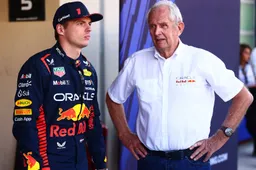
Marko Issues Honest Verdict On Verstappen's Potential Exit: 'You Have To Be Realistic'

Racing Bulls CEO Reveals What Verstappen's Personality Is Like Outside F1 Paddock

Magnussen Discusses 'Crazy' Thing That Separates Verstappen From Hamilton And Others
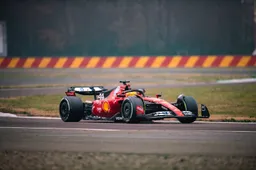
Hamilton: Driving Ferrari F1 Car For First Time 'One Of Best Feelings Of My Life'
Loading
